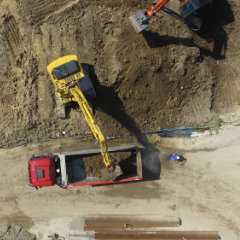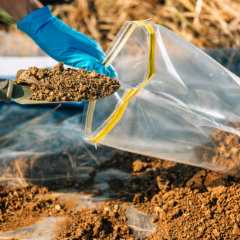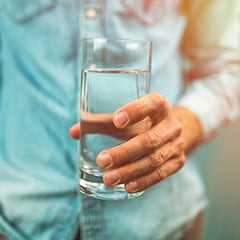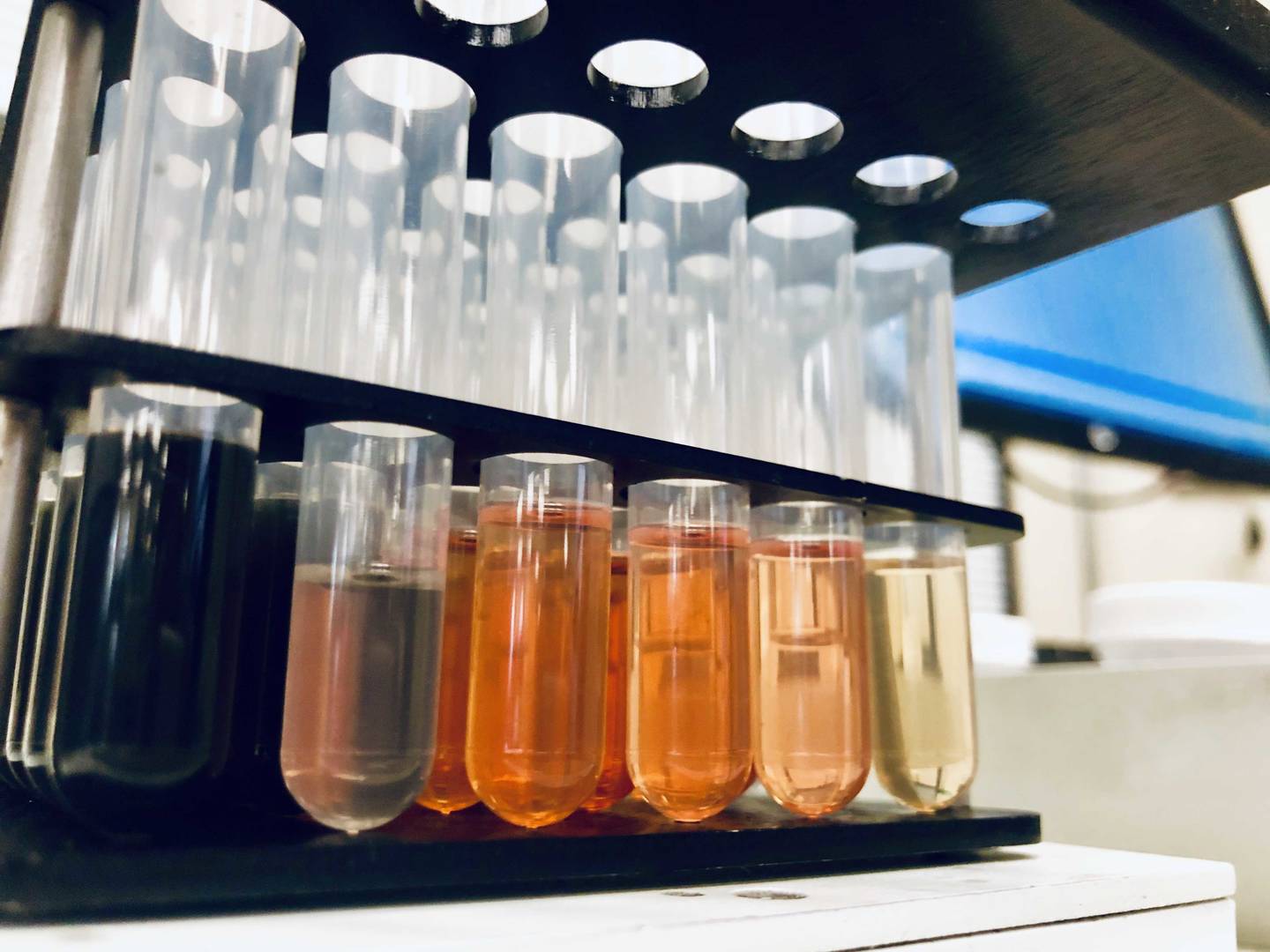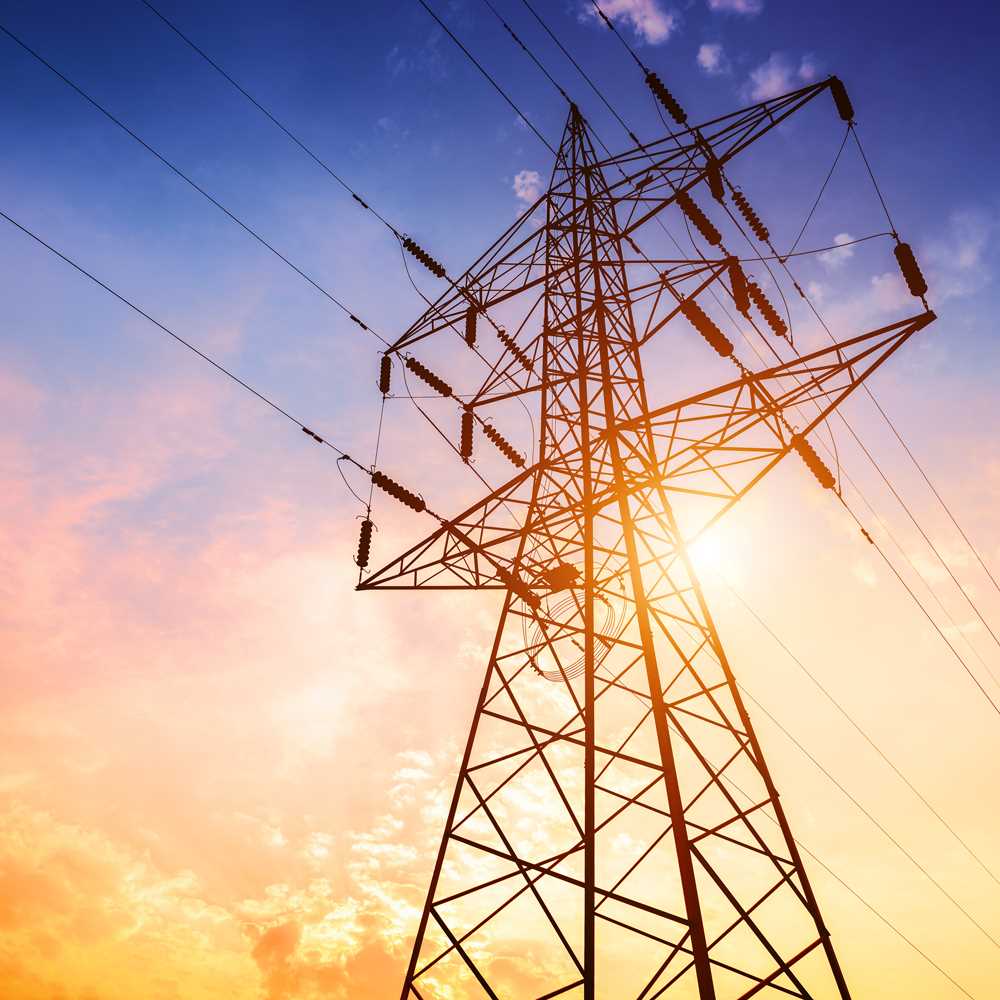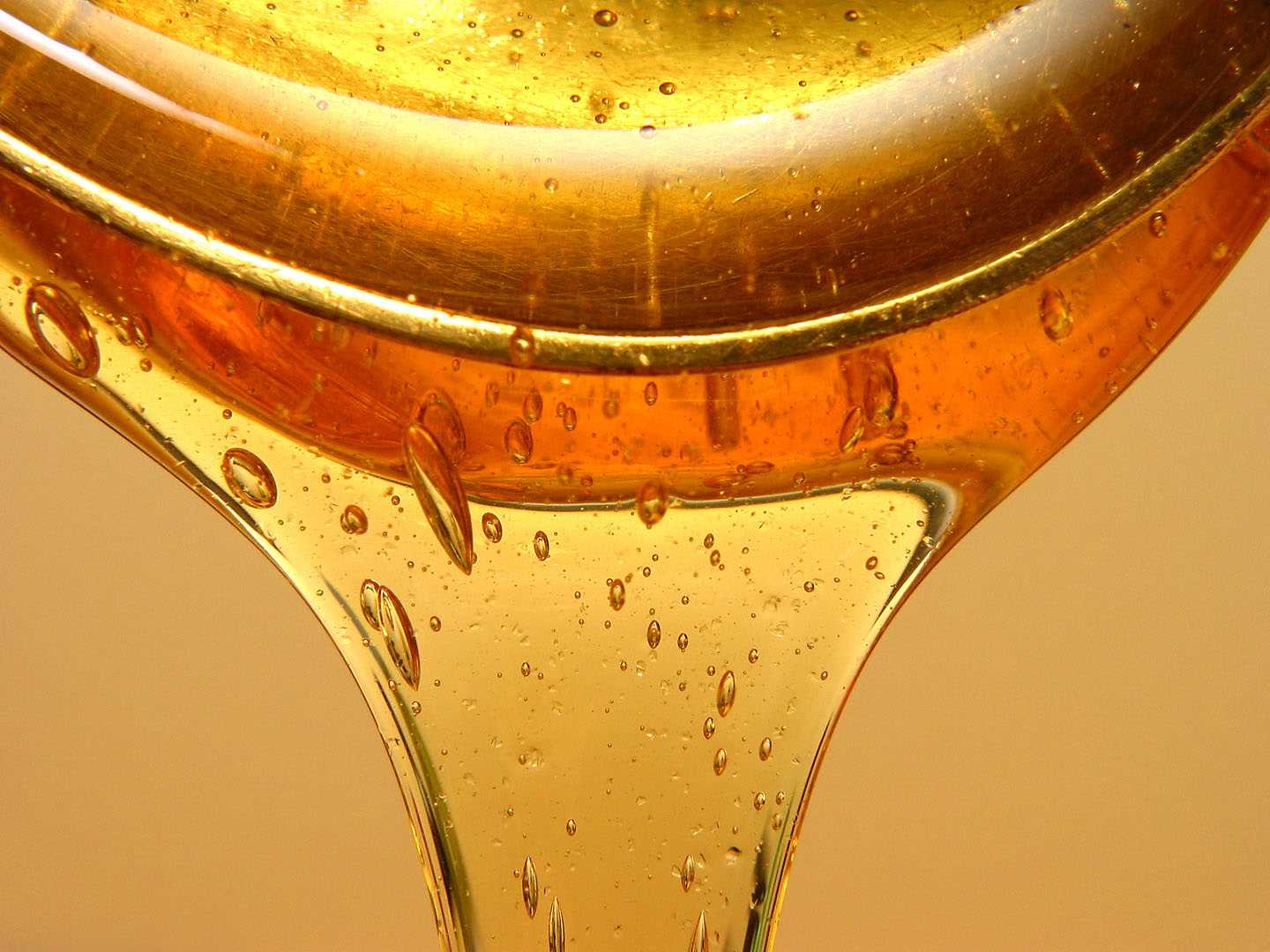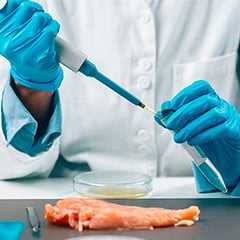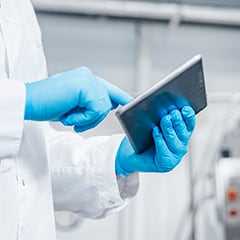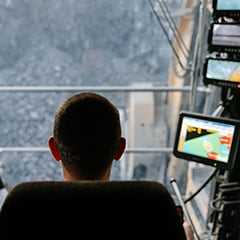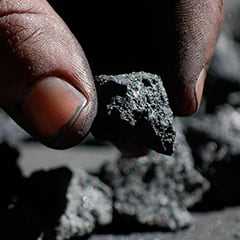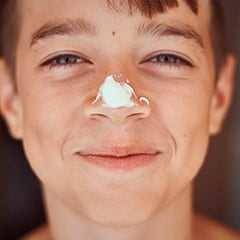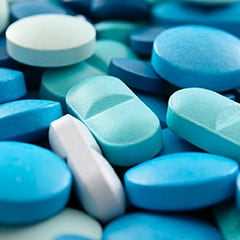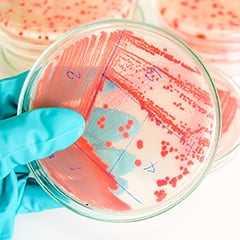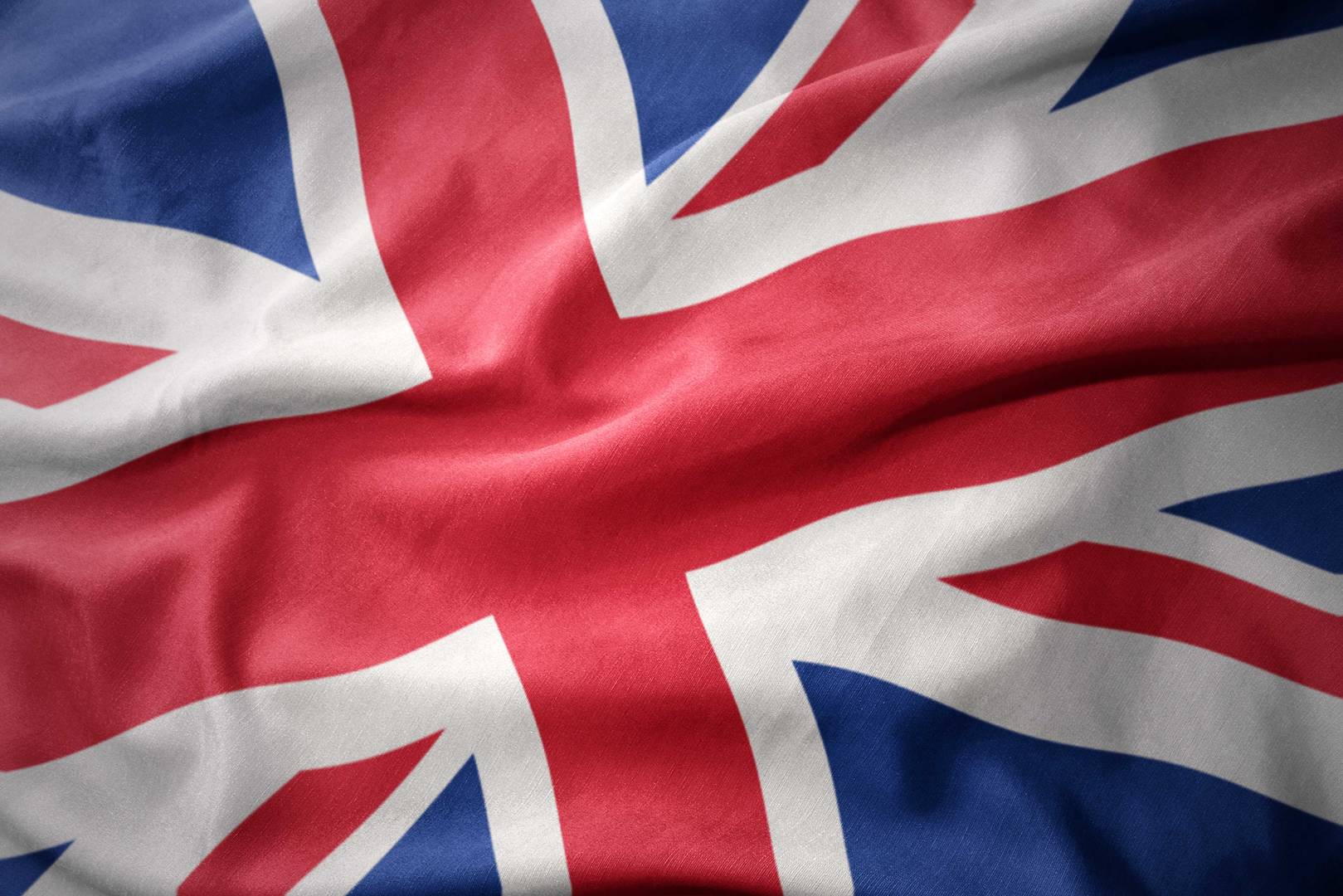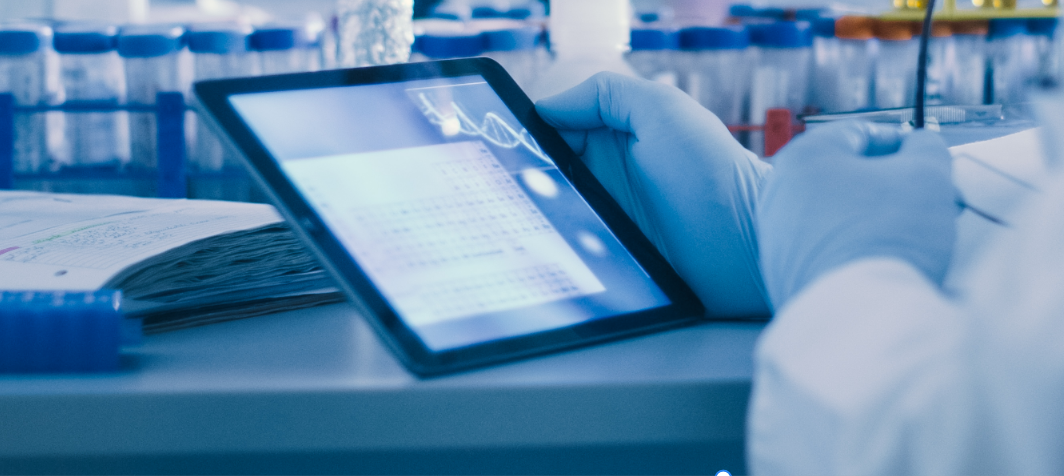Technical Services Article 1 United Kingdom
Sensory Science

Sensory evaluation is a scientific discipline that uses human senses to evaluate the characteristics of products, most commonly food items. It involves a series of objective measurements and analyses to predict subjective human reactions to products.
Historical and Conceptual Development:
Humans have used their sensory perception to evaluate food for thousands of years. Given that many phytotoxins and bacterial metabolites are bitter, sour or rancid, sensory evaluation likely existed even before homo sapiens became human. Individuals could often discern by sight, smell, taste and, to a lesser extent, touch, whether given food or beverage items were good or bad (safe or toxic). As civilisation developed and the trading and selling of goods became commonplace, the first seeds of formalised food sensory testing were planted. (Vilela, 2021).
In the early 1900s, professional tasters and consultants began to emerge in various food and beverage industries. Notable events in sensory science and the sensory analysis of dairy foods include:
- 1913: U.S. Federal grading standards for butter were established.
- 1916: The first National Collegiate Dairy Products Evaluation Contest was held, focusing on butter evaluation.
- 1934: The original dairy products evaluation textbook, “Judging Dairy Products”, was published
- 1940s: The triangle difference test was developed in Scandinavia.
- 1950s: University-based sensory evaluation courses were introduced in colleges such as the University of California, Davis, and Rutgers University.
Sensory analysis has since become a critical tool for quality control, product development, and consumer insight across various industries. Its impact on predictability and product quality has improved significantly over the past century.
Measurement Principles:
Sensory tests use human assessors to evaluate product properties, consumer preferences, and emotional feedback. The process includes interpreting consumer needs, screening potential ingredients, describing products, and proving a concept.
What is the importance of sensory analysis in the food industry?
Understanding Consumer Preferences:
- Sensory evaluation helps food companies understand the preferences of their target market. By assessing sensory attributes (such as taste, aroma, texture, and appearance), they can tailor products to meet consumer expectations.
- Knowing what consumers like allows companies to create successful products that resonate with their audience.
Product Development and Improvement:
- Sensory analysis provides valuable insights during product development. It helps identify key features, eliminate wasted effort, and address quality issues.
- By evaluating sensory characteristics, companies can make informed decisions about formulation, processing, and packaging.
Comparing Brands and Competitors:
- Companies use sensory analysis to compare their brands to competitors and gain an understanding of how their products perform in terms of taste, texture, and overall sensory experience, enabling them to stay competitive within the market.
- It guides decisions related to product differentiation and positioning.
Shelf Life and Quality Assurance:
- Sensory evaluation ensures that food products maintain consistent quality over time. By setting sensory standards, companies can monitor product quality during storage, manufacture and distribution.
- Detecting any sensory deviations early helps maintain consumer trust and prevents spoilage.
Marketing Strategies and Advertising:
- Sensory analysis informs marketing decisions. It helps companies develop effective advertising strategies by emphasizing sensory attributes that resonate with consumers. Whether it’s highlighting a product’s rich flavour or its appealing texture, sensory insights guide marketing campaigns.
Risk Mitigation and Safety:
- Modern sensory tools, including technological methodologies, can mimic human senses. These tools enhance objectivity and reliability while mitigating risks associated with human assessors.
- Ensuring food safety and consistency is critical, and sensory analysis contributes to achieving these goals.
Sensory analysis empowers food companies to create better products, understand consumer preferences, and make informed marketing decisions. It’s a crucial tool for quality, assurance, innovation, and competitive success in the dynamic food industry.
Key Sensory Methods:
There are various sensory methods used, such as hedonic tests (for preference) and discriminative tests (for difference). These methods are classified and applied according to the product development stage they fit into.
Some of the most common methods used in the sensory analysis of food include:
Discriminative Tests:
- In these tests, a panel of trained tasters must identify the differences between two or more products. For example, they might evaluate which of two foods has a more intense flavour.
- The goal is to determine whether the products are perceptibly different from each other.
Descriptive Tests:
- In descriptive test, tasters provide precise and objective descriptions of sensory characteristics of foods. They evaluate taste, aroma, texture, and other attributes.
- These detailed descriptions help understand sensory differences between products and characterise them.
Affective Tests:
- In affective tests, tasters assess the degree of acceptance of foods. They indicate whether they like a product and how pleasant it is.
- These tests are useful for understanding consumer preferences and food acceptability.
Olfactory Perception:
- Olfaction (sense of smell) plays a significant role in sensory analysis. Tasters evaluate the aromas of food and beverages.
In summary, sensory analysis provides detailed information about the organoleptic characteristics of products, which is crucial for assessing their quality and understanding consumer preferences.
Current Trends and Limitations:
Sensory evaluation continues to adapt with new trends and faces certain limitations. Researchers are focusing on how this discipline can better meet health and wellness needs in future food product design.
Technology has significantly influenced sensory evaluation over time, enhancing its accuracy, efficiency, and scope. Here are some key ways technologies has impacted sensory evaluation:
- Instrumental Analysis: Technological advancements have led to the development of instruments that can measure sensory attributes more objectively. For example, electronic noses or tongues mimic human smell and taste receptors, providing consistent and repeatable measurements.
- Data Analysis: The use of sophisticated statistical software allows for more complex data analysis, which can uncover subtle sensory differences and consumer preferences that might not be apparent through traditional methods.
- Virtual Reality (VR): VR technology has been used to create immersive environments that can influence sensory perceptions and emotional engagement. This can be particularly useful in understanding how context affects sensory experience.
- Artificial Intelligence (AI): AI and machine learning algorithms can predict sensory outcomes based on physiochemical properties of products, leading to more efficient product development cycles.
- Online Panels: The internet has enabled remote sensory evaluations, where consumers can participate in testing from their homes, broadening the demographic reach and reducing the costs associated with centralized testing facilities.
- Sensory Databases: Large databases of sensory profiles allow for better understanding of sensory attributes and can be used to train AI models for predictive sensory evaluation.
Technology has made sensory evaluation more reliable, less subjective and more integrated with consumer science, leading to better product development and quality control processes.
Emerging technologies in sensory evaluation are transforming the way we understand and measure sensory experiences. Here are some of the notable advancements:
- Spectroscopy: This technique uses light to analyse the composition of food, providing insights into its sensory attributes without altering the sample.
- Artificial Senses: Devices like electronic noses and tongues mimic human sensory receptors to objectively assess smell and taste.
- Biometric Measurements: These involve tracking physiological responses such as heart rate, eye movement, and facial expressions to gauge consumer reactions.
- Hyperspectral Imaging: This method captures detailed images across multiple wavelengths to analyse the quality and characteristics of food products.
- Virtual and Augmented Reality (VR/AR): VR and AR can simulate different environments and contexts to study how they affect sensory perception.
- Multisensory Integration Technologies: These technologies explore how different senses interact and can be used to create a more holistic sensory evaluation process.
These technologies are enhancing the objectivity, reliability, and comprehensiveness of sensory evaluation, leading to better consumer insights and product development.
Standards and Protocols:
Standard testing protocols and instructions have been published by international organisations such as the International Organisation for Standardisation (ISO) and the American Society for Testing and Materials (ASTM).
How do companies conduct sensory test?
Sensory analysis plays a vital role in the food industry. Why it is so important? It is estimated that 75% of new products fail within the first year on the supermarket shelf (Buisson, 1995).
Companies conduct sensory tests by following a structured approach to ensure accurate and reliable results. Here is a general outline of the process:
Defining Objectives:
- Companies start by clearly defining the objectives of the sensory test. This could be to compare products, evaluate potential changes, or assess consumer preferences.
Selecting the Panel:
- A panel of testers is selected based on the tests requirements. This could be a group of trained experts or potential consumers, depending on or whether the test is analytical or affective.
Creating the Environment:
- A neutral and controlled environment is essential for sensory tests. This means a quiet space free from distractions, with standardized lighting (standard correlated colour temperature (6500k) and between 755 and 1070 lux) and temperature.
Preparing the Samples:
- Samples are prepared in a consistent manner to ensure that each tester receives the product in the same condition. This often involves using white trays, plates, and cutlery to avoid any visual bias.
Conducting the Test:
- Testers evaluate the products individually to avoid influence from others. They may use various scales, like “Just about Right” (JAR) scale, to provide feedback on specific attributes, such as the strength of flavour or texture of the product.
Analysing the Data:
- The feedback is collected and analysed statistically to draw conclusions about the sensory attributes of product.
Applying the Insights:
- The insights gained from the sensory tests are used to inform product development, marketing strategies, and quality control measures.
By adhering to these steps, companies can gather valuable sensory data that reflects the true taste and appeal of their products, overcoming the complexities posed by external influences.
Summary:
In summary, the exploration of sensory science within this article has illuminated the intricate ways in which sensory perception not only influences consumer behaviour, but also drives innovation in product development. The integration of multidisciplinary approaches, from neurobiology to psychology, has enabled a deeper understanding of the sensory experiences that shape our interaction with the world around us. As we look to the future, it is clear sensory science will continue to be a pivotal field, offering boundless opportunities for enhancing quality of life and tailoring experiences to individual preferences. The ongoing research and application of sensory science principles will undoubtedly lead to breakthroughs that will resonate across various industries, reaffirming the profound impact of our senses in the tapestry of human experience.
ALS offers a variety of services in Sensory Analysis testing with food, non-food and cosmetic products to assist you with brand-positioning, marketing or post-launch optimisation, and also assess the personal response of current or potential consumers to a product, a product idea or specific product characteristics.
Our facilities are equipped with test rooms, compliant with ISO 8589 standards, with 12 individual booths and controlled lighting (Northern daylight and specialist lighting to mask colours).
Our team of professionals, following the ISO 6668 sample preparation standard, will ensure correct procedures to meet your requirements.
We offer a range of Consumer Testing using our database of panellists including:
- Hedonic Test - Acceptance/Preference
- Competitor Analysis
- Consumer Cooking Instructions Preferences
- Descriptive Test
- Shelf-life Test
- Packaging Test
- Mobile consumer testing
We also offer a variety of training and webinar sessions to assist in creating a sensory panel or internal department within your company including:
- Consumer Test (Online)
- Screening and Selecting Sensory Assessors (Online)
- Sensory Panel Leader Course (Online)
- Setting Up a Sensory Project (Online)
- IFST Sensory Evaluation Foundation Course (in-person, accredited by the IFST)
- Bespoke training relating to your specific requirements
Contact:
For more information or support on this topic, or if you’d like details on the sensory analysis services offered by ALS Laboratories, please contact our Technical Services Team at Fullsense.UK@ALSGlobal.com.
References:
- Vilela, Alice. (2019). Food sensory evaluation throughout the time. História da Ciência e Ensino: construindo interfaces.
- COOPER, R. (1996), Product juggernauts: how companies mobilize to generate a stream of market winners by Jean-Philippe Deschamps and P. R. Nayak, Boston, Mass: Harvard Business School Press for Arthur D. Little Inc. ISBN 0 87584 341 7.
- Lawless, Harry & Heymann, Hildegarde. (2010). Principles of Good Practice.
- Lawless, Harry & Heymann, Hildegarde. (1999). Overview of Sensory Principles and Practices.
- (2024), The Future of Sensory Science: An Intergenerational Conversation. Food Science and Technology,
- (2023), Next-gen sensory science. Food Science and Technology, 37.
- Sigfredo Fuentes, Eden Tongson, Claudia Gonzalez Viejo, Novel digital technologies implemented in sensory science and consumer perception, Current Opinion in Food Science, Volume 41, 2021,
- Damir D Torrico, Annu Mehta, Amália Bernardes Borssato, New methods to assess sensory responses: a brief review of innovative techniques in sensory evaluation, Current Opinion in Food Science, Volume 49, 2023
- Rodrigues, S.S.Q., Dias, L.G. & Teixeira, A. Emerging Methods for the Evaluation of Sensory Quality of Food: Technology at Service. Curr Food Sci Tech Rep 2, (2024).

